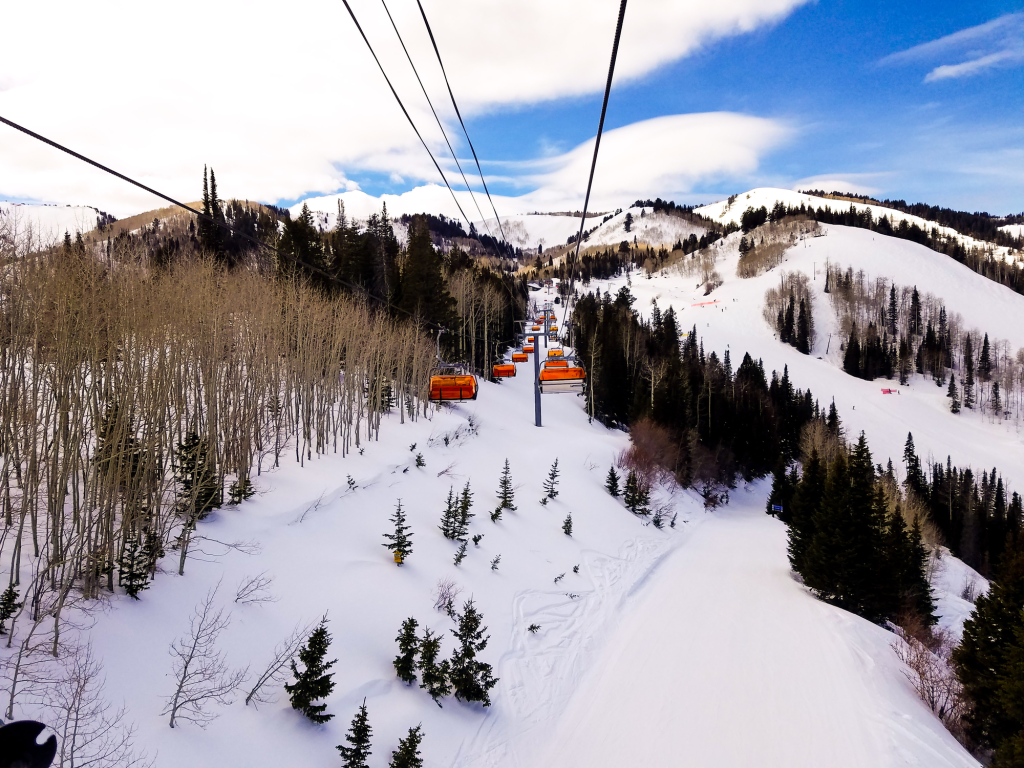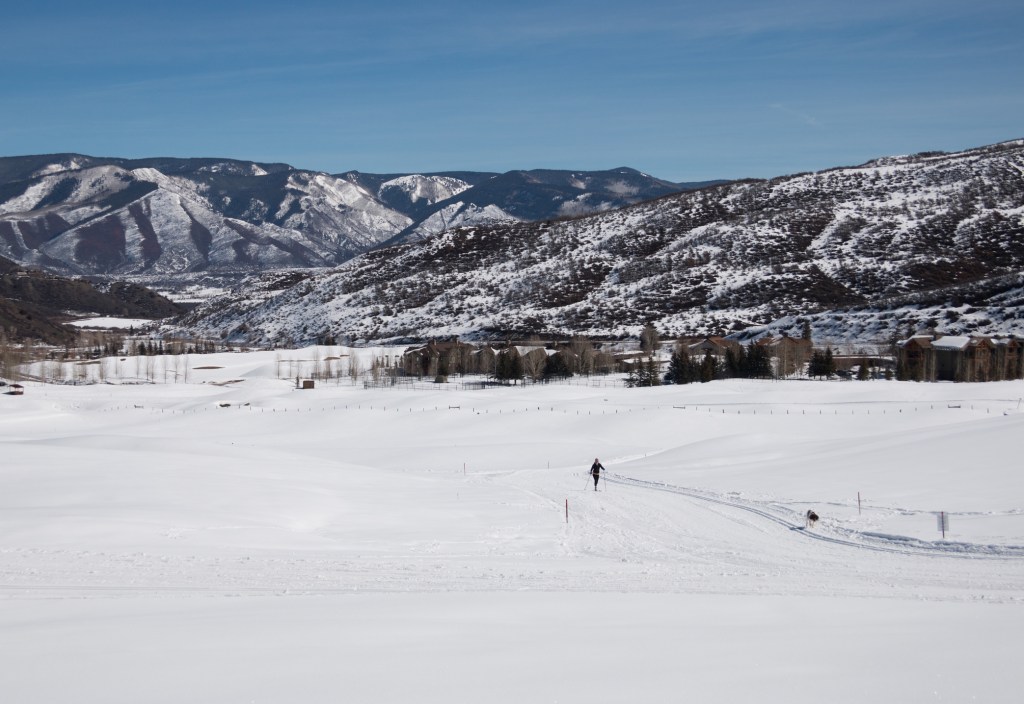How to Safely Ski in Utah: What Ski Resorts Are Doing to Minimize Covid Risk on the Mountain
While the safest thing to do right now is stay home, if you’re determined to get your nature fix this winter, a road trip to ski in Utah may be among the lower risk ways to get out there. With the Farmers’ Almanac predicting an above-average snow year and fewer skiers on the mountain, there could be quite a bit of powder to be had, too.
Here’s how Utah ski resorts are reopening safely, as well as a few other social distancing-friendly winter activities that await in Utah’s Wasatch Mountains.
Covid Safety at Utah Ski Resorts
While each resort has charted its own course to reduce the spread on the slopes, you’ll find a few common measures across the 10+ ski resorts of the Wasatch Mountains.
With Utah’s state mask mandate, it’s no surprise that all resorts require face coverings in lines, on the chairlift, and wherever distance can’t be maintained. So, unless you’re actually skiing down the mountain, you better be wearing a mask! Some resorts specify that two-layer masks are required, meaning a single-layer buff or gaiter won’t cut it.
A few other common measures include health screenings for employees, reduced capacity in restaurants and on the mountain, ramped-up cleanings, spaced-out lift lines, and only members of the same party riding the lift together. To limit the number of people on the mountain, most resorts are also requiring that you purchase tickets online in advance, so this is not the winter to wing it.
Read on for details about what each resort is doing to operate COVID-safe.
Park City Mountain, owned by Vail, is requiring its passholders to reserve their days on the mountain in order to limit the total number of people on the mountain. They’ve also switched to cash-only transactions.
Nearby Deer Valley is among the resorts specifying that gaiters and buffs don’t meet their mask requirement, nor will masks with two-way valves (i.e., N-95s and KN-95s). Two strangers may ride up a triple or quad lift together if they sit on the opposite ends of the chair.
The newest ski resort in the Wasatch, Woodward Park City—part of a national chain focused on terrain parks—has already seen a few instances of positive COVID tests among employees and moved swiftly to address them. Woodward permits gaiters and buffs as masks, as long as they’re folded over or to create two layers of fabric.
Renowned for its extreme terrain, Snowbird in Little Cottonwood Canyon has surprised some by planning to continue to operate its iconic aerial tram, which historically packs as many as 125 skiers inside for a standing room-only 10-minute ride to the top of the mountain. This winter, the tram will be limited to 25 passengers, masks will be required inside, and high-touch areas will be sanitized between each trip. And at Snowbird, gaiters and buffs do not qualify as masks.
At adjoining ski area Alta, mountain capacity will be established anew every day based upon what’s open and conditions to ensure skier density stays low.

Over in Big Cottonwood Canyon, Brighton has upgraded to high-speed WiFi to allow visitors to purchase tickets online on the premises. They’ve also installed electronic ticket kiosks so you can pick up tickets purchased online. Brighton is also the only resort on the Ikon Pass requiring advanced reservations for passholders.
A few minutes up the road at Solitude, skiers and riders must wear a double or triple-layered face covering—buffs and gaiters don’t count. The resort has also installed touchless faucets, soap dispensers, and paper towel dispensers in every restroom.
In Provo Canyon at Robert Redford’s famed Sundance Resort, operations align with state guidelines.
In the Ogden Valley, Powder Mountain has created three different color-coded scenarios. Currently, PowMow (as it’s locally known) is at code red.
Twenty minutes south at nearby Snowbasin, extra handwashing supplies and stations have been installed, and you can request to ride the gondola solo.
Backcountry Skiing
Backcountry skiing options in the Wasatch are nearly limitless, from the 90 lines in the guidebook The Chuting Gallery to the resort-accessed backcountry of Park City Mountain.
The pandemic has inspired more skiers to seek the relative solitude of touring, and more people in the backcountry means greater risk of human-triggered avalanches. Always hit the skintrack with snow safety knowledge, the daily avalanche forecast, a trusted partner, and a beacon, shovel, and probe. For local avalanche forecasts, check out the Utah Avalanche Center.
More Ways to Winter in Utah

Not into downhill skiing? There are many ways to explore the snowy Wasatch. Both the White Pine Nordic Center and Soldier Hollow Nordic Center are open for cross-country skiing and operating under COVID safety protocols. You can also hit the trails with snowshoes, take a guided dogsledding trip, ice climb in Provo Canyon, or just go for a walk around Old Town Park City with a mug of spiked hot chocolate in hand.
By clicking ‘Sign Up,’ I acknowledge that I have read and agree to Hachette Book Group’s Privacy Policy and Terms of Use



